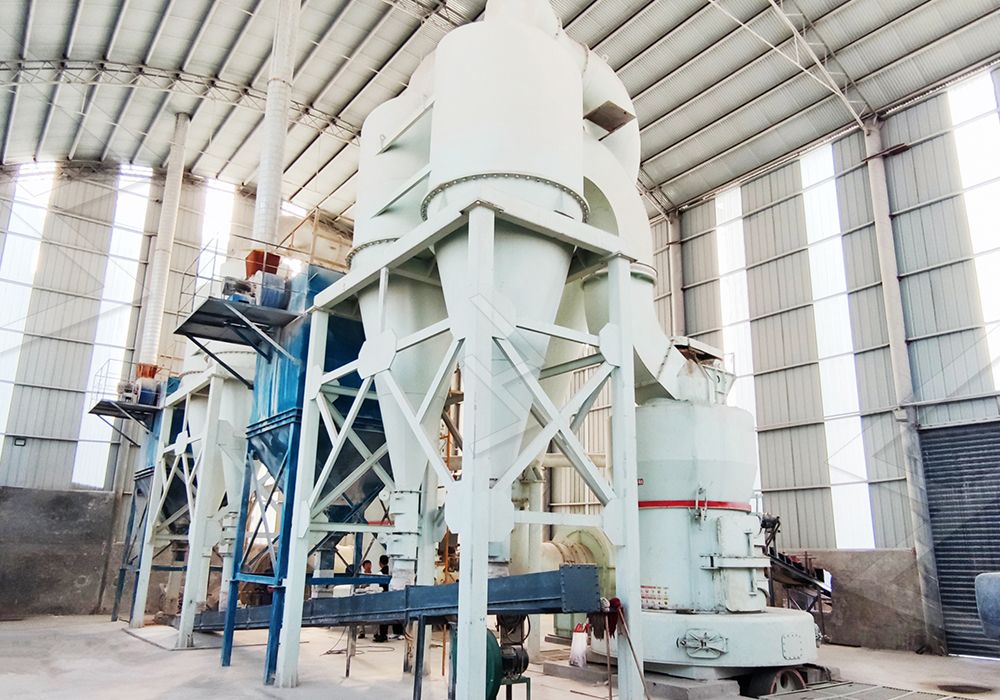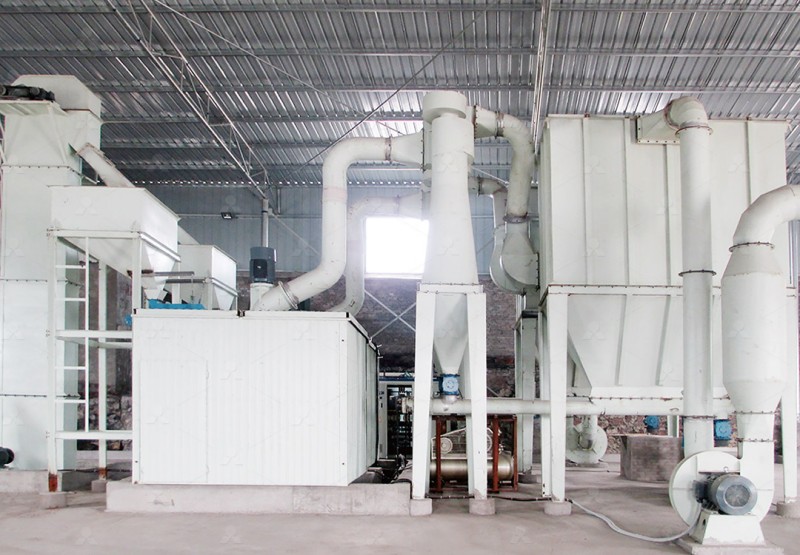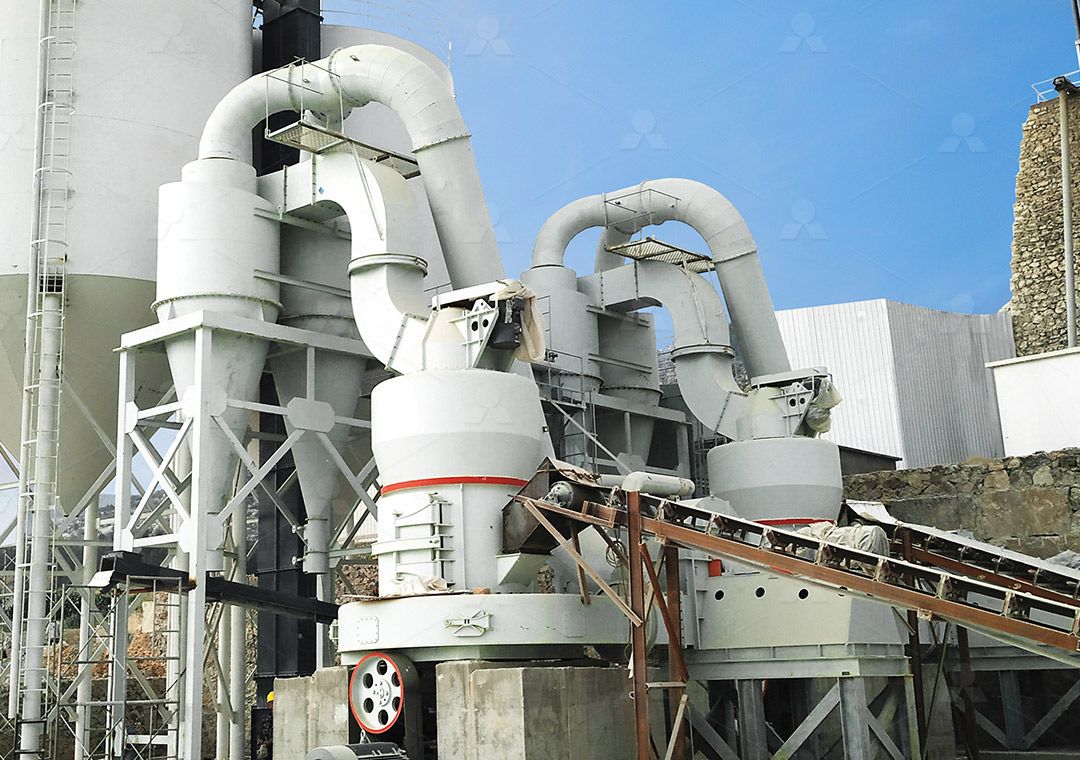100 Mesh Graphite Grinding Mill: A Complete Guide
Understanding 100 Mesh Graphite Grinding Requirements
Graphite, with its unique layered structure and thermal properties, presents specific challenges in fine powder processing. Achieving a consistent 100 mesh (approximately 150 microns) product requires precision equipment capable of handling graphite’s abrasive nature while maintaining particle size distribution. The grinding process must preserve graphite’s crystalline structure to ensure optimal performance in applications ranging from lubricants to battery materials.

Key Considerations for Graphite Grinding
When selecting equipment for graphite processing, several factors demand attention. The mill must generate minimal heat to prevent oxidation, maintain consistent particle size distribution, and operate with high efficiency to control production costs. Additionally, the system should incorporate effective dust collection to maintain a clean working environment and prevent material loss.
Advanced Grinding Solutions for Graphite Processing
Traditional grinding methods often fall short when processing graphite to precise specifications. Modern grinding technology has evolved to address these challenges through innovative designs that optimize energy consumption while delivering superior product quality.
Recommended Solution: MW Ultrafine Grinding Mill
For operations requiring precise control over graphite powder fineness, our MW Ultrafine Grinding Mill presents an ideal solution. This advanced system processes materials with input sizes up to 20mm and delivers throughput ranging from 0.5 to 25 tons per hour. The MW series stands out for its ability to produce powders between 325-2500 meshes while maintaining exceptional energy efficiency.
The MW mill incorporates German cage-type powder selector technology, ensuring precise particle separation and consistent product quality. Unlike conventional mills, the grinding chamber contains no rolling bearings or screws, eliminating common failure points and reducing maintenance requirements. The external lubrication system enables continuous 24-hour operation without shutdowns for maintenance.

Alternative Option: LUM Ultrafine Vertical Grinding Mill
For operations with space constraints or specific layout requirements, the LUM Ultrafine Vertical Grinding Mill offers compact design with impressive capabilities. Processing materials up to 10mm at rates between 5-18 tph, this mill features unique roller shell and lining plate grinding curves that generate material layers more effectively. The LUM series employs multi-head powder separating technology and double position-limiting technology for exceptional operational stability.
Operational Advantages in Graphite Applications
Both recommended mills incorporate pulse dust collectors and mufflers that minimize environmental impact while maintaining workplace safety. The fully sealed systems prevent graphite dust escape, a critical consideration given graphite’s conductive properties. Digital control systems provide precise management of grinding parameters, ensuring consistent 100 mesh output batch after batch.

Frequently Asked Questions
What makes graphite particularly challenging to grind?
Graphite’s layered crystalline structure requires shear forces rather than impact for effective size reduction. Additionally, its abrasive nature accelerates wear on conventional grinding components, making equipment selection critical for economic operation.
How does the MW Ultrafine Grinding Mill achieve higher energy efficiency?
The MW series incorporates newly designed grinding curves that enhance efficiency by 40% compared to jet mills and reduce system energy consumption by 30%. The absence of internal screws and rolling bearings in the grinding chamber further contributes to energy savings.
Can these mills produce finer graphite powders beyond 100 mesh?
Absolutely. Both the MW and LUM series can produce powders ranging from 325 to 2500 meshes, providing flexibility for various application requirements. The adjustable powder selectors enable precise control over final product fineness.
What maintenance considerations are specific to graphite grinding?
Graphite’s abrasive properties necessitate regular inspection of grinding components. However, the recommended mills feature easily accessible wearing parts and reversible structures that simplify maintenance. The external lubrication systems eliminate the need for shutdowns during routine servicing.
How do these systems address graphite’s dust control challenges?
Both mills integrate efficient pulse dust collectors that capture over 99% of particulate matter. The fully enclosed negative-pressure systems prevent dust escape while silencers maintain noise levels within regulatory limits.
